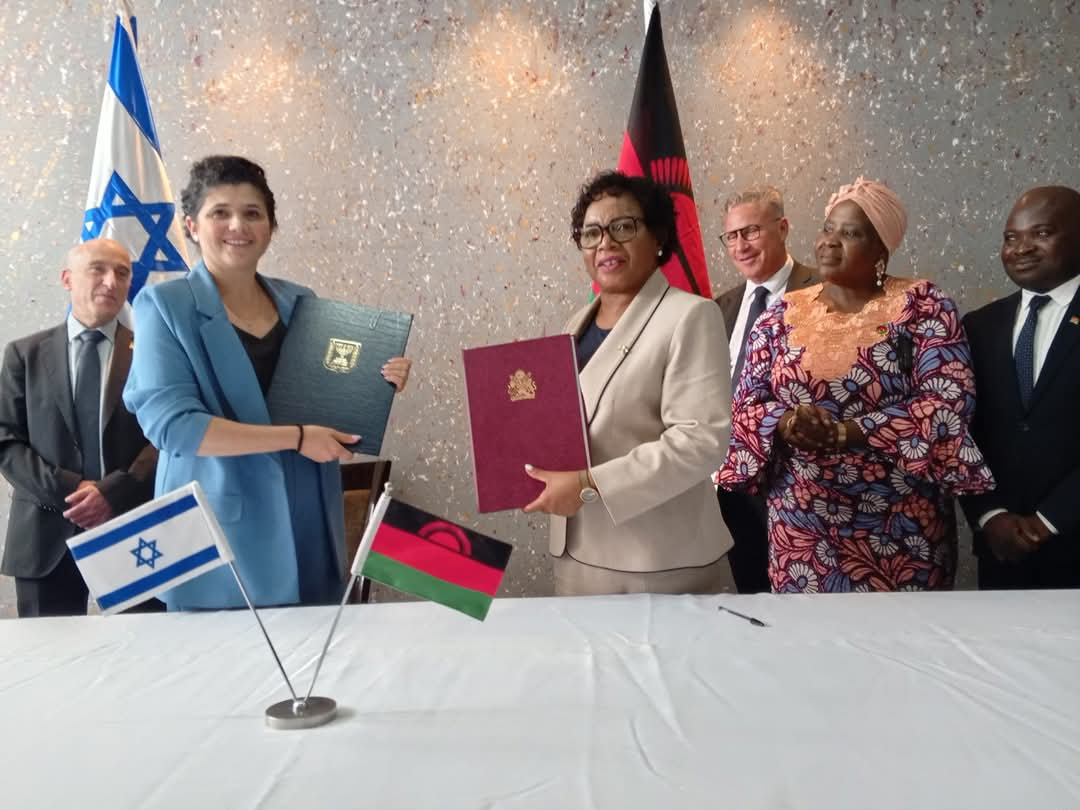
By Lisbeth Micheni, Kenya
Kenya’s annual inflation rate edged higher to 2.8% in November, from 2.7% in October, as reported by the Kenya National Bureau of Statistics (KNBS).
This marks a subtle shift in the country’s economic climate, with inflation remaining well within the Central Bank of Kenya’s target range of 2.5% to 7.5%.
The slight increase was accompanied by a monthly inflation rate of 0.3%, a rise from 0.2% in October.
Key contributors to the inflationary pressures included minor upticks in the cost of essential commodities, transportation, and housing.
In response to inflationary trends, the Central Bank of Kenya (CBK) recently reduced its benchmark interest rate from 12.75% to 12.00%, signaling a strategic move to foster economic growth while maintaining price stability.
The CBK is set to announce its next monetary policy decision on December 5, which is anticipated to provide further insights into how the government plans to navigate the evolving economic landscape.
Experts have noted that Kenya’s inflation remains one of the lowest in the region, a reflection of robust monetary policies and a resilient economy.
However, the rise in global oil prices and the impacts of ongoing geopolitical tensions pose potential risks to the country’s economic outlook.
“The CBK’s policy interventions have kept inflation in check, but the government must remain vigilant about external shocks,” said Dr. Peter Mutua, an economist at the University of Nairobi.
Kenya continues to balance economic recovery post-COVID-19 with challenges such as fluctuating commodity prices and international financial uncertainties.
The upcoming CBK decision is expected to provide clarity on the government’s approach to sustaining economic stability and growth as 2024 comes to a close.
As inflation trends remain under scrutiny, policymakers and citizens alike are hopeful that the measures taken will continue to safeguard Kenya’s economic health.
categories
recent posts

NIGERIA: Presidency Debunks Rumoured Sack Of INEC Chairman Mahmood

Burkina Faso Not Operating Under Democracy – President

Protest Erupts In Abuja Over Cybercrime Act, Economic Hardship, Rivers State Crisis

MALAWI: New Conservative Party Emerges In Malawi Centred On Traditional Values

